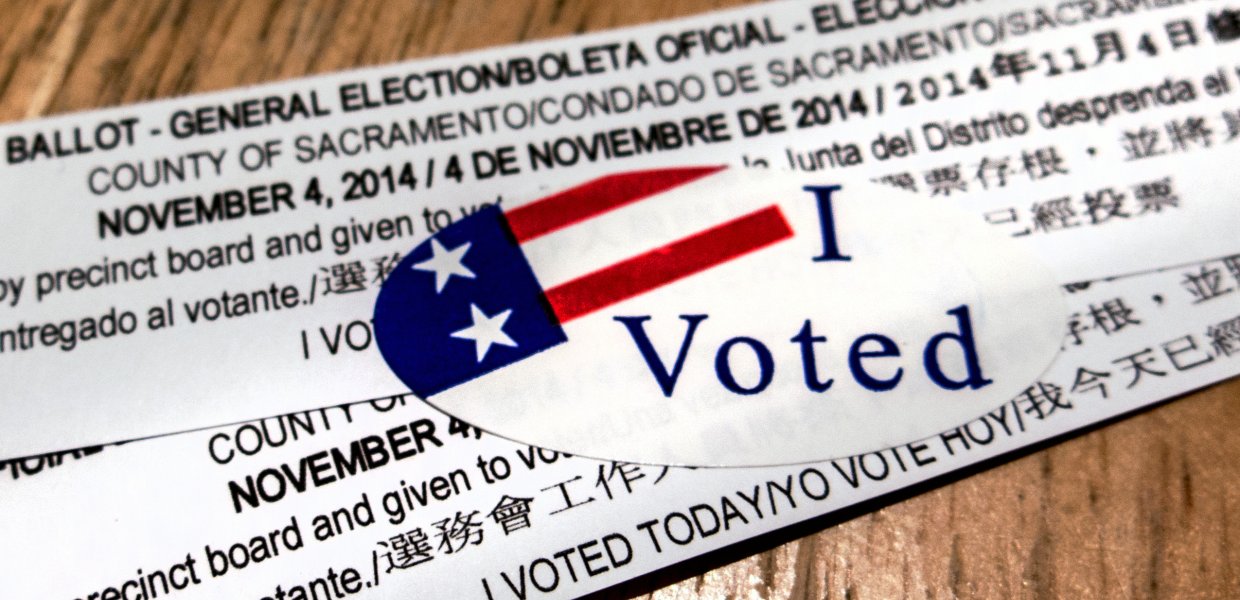Never has social media played a larger role in the political arena than it did during the 2016 Presidential Election. Social’s mainstream presence on major policy and political platforms during the campaigns sparked my personal interest how its use can alter campaign strategies and ultimately the outcomes of elections.
Today, 65 percent of adults in the United States are on social media platforms—social media plays a growing role in how people communicate about news, politics, civics and other issues. For that reason, it has become increasingly important for campaigns to increase their online presence.
As more campaigns enter social media platforms, it becomes more crucial for campaigns to take to the internet to not only connect with potential voters, but also to increase the legitimacy of their campaigns.
Social media platforms like Twitter, for example, add a new dimension to the communication between campaigns, their supporters and their potential supporters. Online platforms can allow candidates to communicate directly with the public, expressing opinions on issues without the need for a press conference or news story.
Online platforms can also be conducive to action. These resources are not limited to the sharing of information, rather, voters can use them to actively participate in campaigns. For example, voters can donate to campaigns, sign petitions and complete polls.
The potential of social media and its influence was certainly felt during the 2016 Election cycle. “Armchair activists” were able to build support for their candidates by galvanizing voters and bringing on new supporters—all without leaving the comfort of their own homes.
Future campaigns must continue to understand and target these activists. Though traditional approaches like knocking on doors will continue to affect elections, the power of the internet and social media will play a growing role in who gets the most votes.
Flickr / Photo by Robert Couse-Baker.









